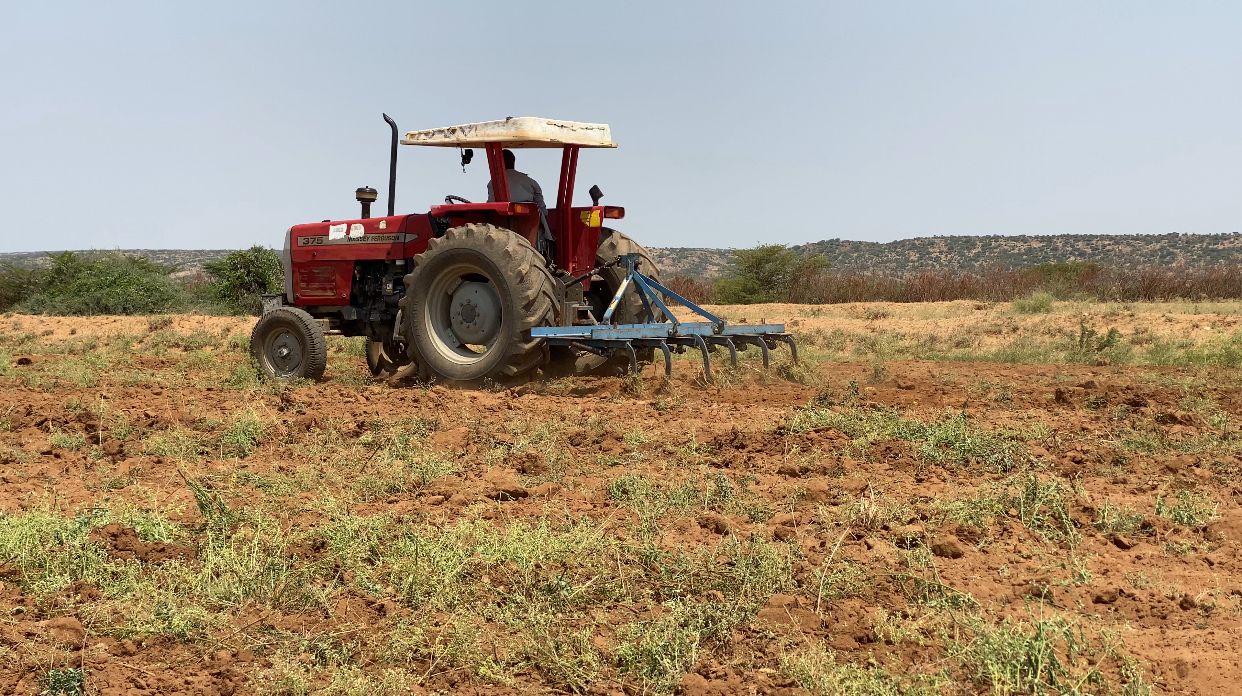What we’re watching: Weekly disaster update, June 9

We know all too well that disaster can strike anytime, anywhere in the world. Some disasters make headlines; others do not. Here at the Center for Disaster Philanthropy (CDP), we monitor the status of disasters worldwide and compile a list of the ones we’re tracking weekly, along with relevant disaster-related media coverage.
Here’s what we’re watching for the week of June 9, 2025.
New or Emerging Disasters
Tornado – Kentucky: On Friday, May 30, a category EF-2 tornado swept through central Kentucky, killing one person and injuring many others. The tornado caused severe damage to homes and infrastructure in Washington County. This area of Kentucky lacks tornado sirens, but people did receive alerts on their phones ahead of the storm.
Flooding – Nigeria: Torrential rains in Mokwa Town in central Nigeria on May 29-30 caused extreme flooding, which killed over 200 people, with thousands still missing. The floodwaters washed away more than 50 homes with occupants inside, and many businesses were lost. At least 3,000 people have been displaced. It has been 60 years since this community experienced such severe flooding.
A bridge that connects the community to two schools collapsed in the flood, and children now rely on paddlers to ferry them across a swollen river in canoes. Some days, the boats don’t come, and the children can’t get to school. The rainy season in this region of Nigeria began in March and will last for eight months.
Wildfires – Canada: At least two people have died, and over 33,000 have been evacuated since wildfires in Alberta, Saskatchewan and Manitoba began on May 26. Of the more than 200 wildfires burning in Canada, 97 are considered “out of control.” Over 7 million acres have burned in Canada since the beginning of the year.
The country is at a Level 5 on the National Preparedness Scale and is calling on the international community for help battling the fires. Smoke from these fires has drifted into the upper Midwest of the United States, causing some of the worst air quality in the world for several days.
Flooding – India, Bangladesh: At least 34 people have died in landslides and flash floods caused by torrential monsoon rains in northeast India in early June. Bangladesh has also been affected by these storms, where four people have died. Tens of thousands of people have been affected.
Previous or Ongoing Disasters
Hurricane Helene – North Carolina: Eight months after Hurricane Helene ripped through North Carolina, many areas are still devastated, and people are still displaced. Helene damaged or destroyed more than 100,000 homes, and many people were unable to find temporary housing in an area already seeing a housing shortage.
North Carolina’s transportation infrastructure alone will cost about $5 billion to repair, and it will take another 3.5 years to complete all transportation repairs. Additionally, Ashville’s tourism industry has not recovered, and unemployment benefits have stopped. Many people who could not find housing after the storm, who were evicted or were threatened with eviction after losing their livelihoods, now live in their cars.
Hurricane season in the United States began on June 1, and NOAA forecasts 13-19 named storms to develop this year.
Complex Humanitarian Emergencies – Syria
When a country experiences political conflict, climate shocks, famine, economic challenges or other conditions, it may suffer a complex humanitarian emergency (CHE). CDP maintains complete profiles on several CHEs. Every week, we highlight these and other CHEs hoping to build awareness and philanthropic response.
The ongoing civil war in Syria, along with extreme climate events and the depreciation of the Syrian lira, has made the hunger crisis in the country one of the worst in the world.
This year, Syria is forecast to produce 30% below average crop yields for wheat due to dry weather conditions and severe security concerns. A drop in food production will exacerbate existing food insecurity. Farmers have already declared this season a financial loss.
- This year’s wheat production in Syria will only meet 19% of demand.
- 14.95 million people, more than half the population, suffer from food insecurity.
- 9.1 million people face severe food insecurity.
- Desertification in Northern Syria is causing the displacement of farmers.
- The U.S. has cut emergency food aid to Syria (and other countries). The World Food Program warned that this could be a “death sentence” for the 1.5 million people who rely on this program.
- About 7 million people live in displacement camps, unable to access food, adequate shelter, health care or basic services.
About 16.9 million people in Syria need humanitarian assistance, a number that has risen steadily since 2022. However, only 10% of Syria’s $2 billion humanitarian appeal to aid 8 million of the country’s most vulnerable people in 2025 has been fulfilled.

What We’re Reading
- Saving sinking homes – Economic Hardship Reporting Project
- Hurricanes are getting so bad, we need a new category, expert warns – BBC
- It’s not just poor rains causing drought – the atmosphere is thirstier – The New York Times
A moment of hope… Scotland will be the first UK country to criminalize ecocide (severe and reckless harm to nature). Companies will face stiff penalties, and individuals who commit ecocide could face up to twenty years in prison.
Jojo Mehta, CEO of Stop Ecocide International, said, “While the ultimate goal is to have ecocide recognised as a serious crime all over the world, national laws play a crucial role in legitimising that goal, building momentum, and providing accountability now.” Vanuatu, Fiji and Samoa have already proposed making ecocide a crime in 2024.
